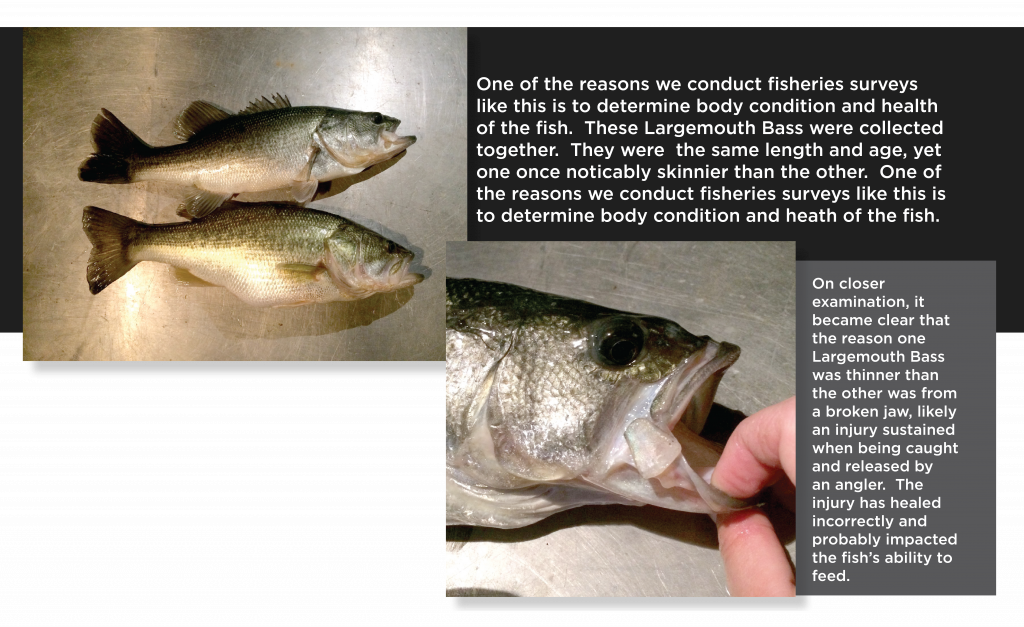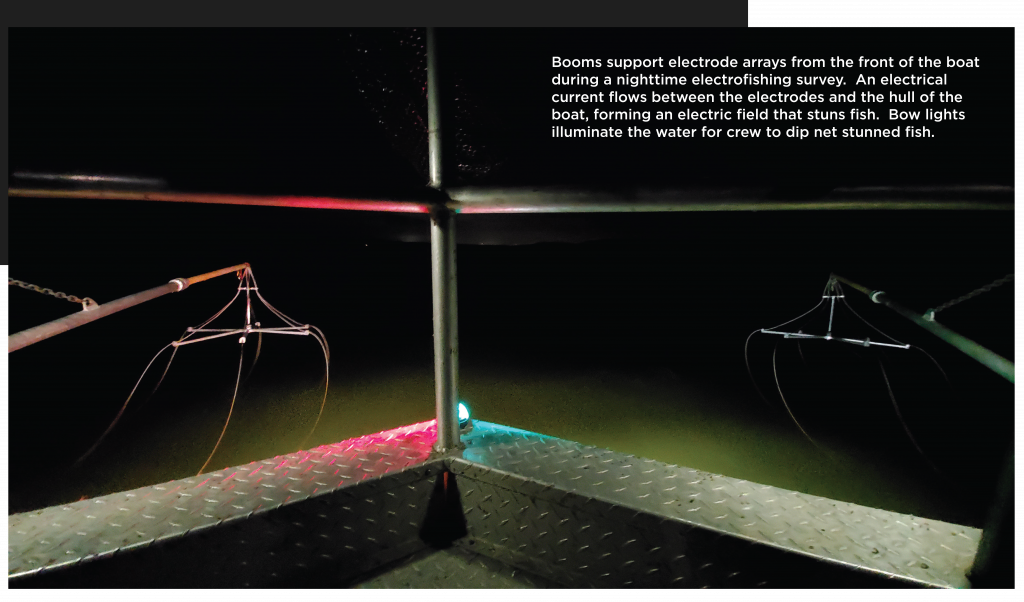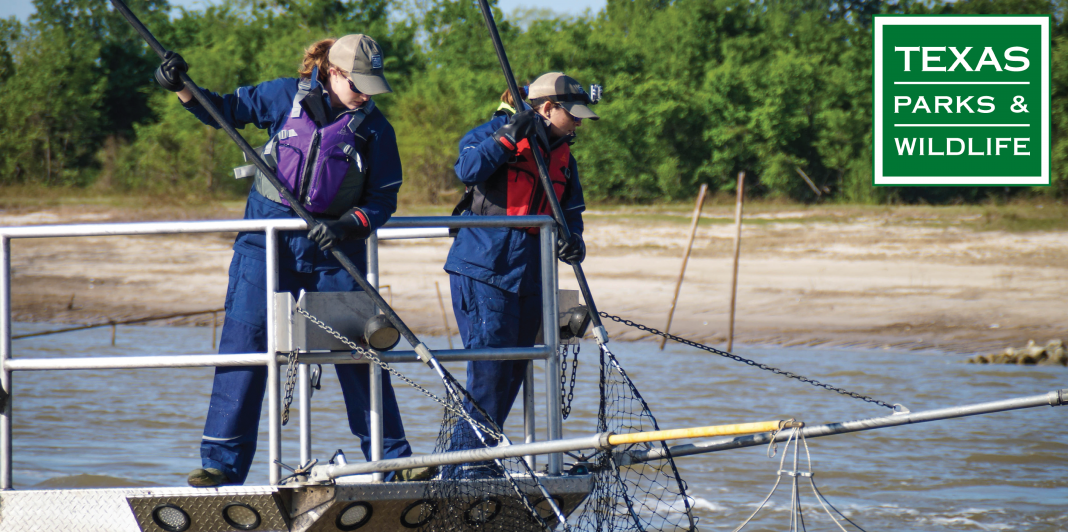“Where are the bass?” is one of the most common questions we get as fisheries biologists. Largemouth Bass are the most popular sportfish in Texas with anglers spending millions of hours chasing these elusive creatures. One of the biggest challenges both anglers and fisheries biologists face is to figure out where Largemouth Bass are hiding.
While an angler searches for a catch to be proud of—such as the elusive ShareLunker Bass—biologists search for bass for another reason: we need to know what the fish look like if we are to successfully manage them. Are they fat or skinny? Were the last few spawns successful? How big are they growing and are they growing fast enough? About how many are there? In Texas we also look at the genetic influence of Florida-strain Largemouth Bass. Once we know these answers, we can make management decisions like changing (or maintaining) regulations, habitat, or stocking rates to improve Largemouth Bass fishing. But first we must find enough fish to get an accurate “snapshot” of what the total population looks like.
 “Managing fisheries is hard: it’s like managing a forest, in which the trees are invisible and keep moving around.” – John Shepherd
“Managing fisheries is hard: it’s like managing a forest, in which the trees are invisible and keep moving around.” – John Shepherd
To do this we use sampling gear that has low bias, meaning the gear will collect most fish at about the same rate regardless of size, sex, or which one happens to be hungry for a topwater lure on that day. The type of gear we choose varies between species and the lake we are surveying. For black basses, sunfishes, and shads on Lake Conroe we use night-time electrofishing. Past research has shown that surveying large lakes after dark produces a sample that most accurately portrays the total bass population.
Electrofishing works by sending a controlled current of electricity from the boat into the surrounding water in controlled bursts, stunning the fish that are within the electrical field. Crew members on the bow of the boat then scoop the stunned fish from the water using dipnets with long fiberglass handles. Fish are then placed into a holding tank until the end the survey station. Large bass and non-target species are measured, counted, and released unharmed. We take some of the fish back to the lab for further analysis, including genetic testing to determine the influence of Florida-strain Largemouth Bass as well as aging the fish by looking at their otoliths. Otoliths are inner ear bones that grow annual rings similar to a tree’s rings.
 As many anglers know, you can have the right lure and best technique, but you still need to know where the fish are to catch them. So how do we find the fish to survey them in the first place? In short, we don’t know, or rather, we try not to know ahead of time. As a biologist I may think a specific log is the perfect place for a bass, but what really matters is if the bass think it is the right spot. And sometimes bass just don’t get the memo that our “perfect log” really is the perfect place to hang out, so we use a computer mapping program to randomly choose locations around the lake and we only sample those locations. That way, we decrease the influence of our own preconceived notions and increase the statistical accuracy of our survey to see where the fish truly are. Once the survey is complete, we will have a better idea of where the fish truly are, at least at this time of year under the current weather and water conditions.
As many anglers know, you can have the right lure and best technique, but you still need to know where the fish are to catch them. So how do we find the fish to survey them in the first place? In short, we don’t know, or rather, we try not to know ahead of time. As a biologist I may think a specific log is the perfect place for a bass, but what really matters is if the bass think it is the right spot. And sometimes bass just don’t get the memo that our “perfect log” really is the perfect place to hang out, so we use a computer mapping program to randomly choose locations around the lake and we only sample those locations. That way, we decrease the influence of our own preconceived notions and increase the statistical accuracy of our survey to see where the fish truly are. Once the survey is complete, we will have a better idea of where the fish truly are, at least at this time of year under the current weather and water conditions.
We survey the Largemouth Bass and sunfish populations on Lake Conroe every two years and the next survey will start this November. During each survey period we spend at least two nights traveling around the lake sampling randomly chosen survey stations. Maybe we’ll see you out there!
If you want to know more about this fall’s
Largemouth Bass survey on Lake Conroe and see photos of what we find, check out our Facebook page at www.facebook.com/
TPWInlandFisheriesCollegeStationHouston. Or, if you have any other questions about fishing or fisheries management, please contact us at 979-272-1430 or by email at [email protected] or [email protected]















